Advent at Thomas Chapel
As we enter into Advent this year, we find ourselves in a time of chaos and unrest. It seems that, now more than ever, we are confronted with perennial issues of opportunity and wealth, hospitality and immigration, justice and race, power and powerlessness. And so, we turn to ancient stories and sacred myths to learn how other people from other times addressed such human brokenness.
The stories proclaimed within the Advent liturgies of the Christian tradition recount situations when humanity is most lost in its own greed, tribalism and violence and the victims are those most outside, vulnerable, and powerless These stories include a remarkable cast of very human characters who played pivotal roles in God’s extraordinary interventions into human history.
They are us. The sacred texts hold a mirror up to the hearer not only urging us summon the courage the be faithful servants, but also challenging us to recognize the villain within ourselves. These stories call us not only to be watchful and alert, but also to be proactive in the divine plan.
Join us over the next five weeks as we reflect on the lives of these Advent characters, and in turn reflect on our own lives, listening to contemporary voices responding to brokenness and longing, and seeking new ways to respond with justice and love.
all of us have become like unclean people,
all our deeds like polluted rags;
we have all withered like leaves,
and our guilt carries us away like the wind.
The Prophet Isaiah
Shelley Koopmann
oil on board/2020
The scene is the Musée d’Orsay. The painting is entitled War by the primitive post-impressionist painter Henri Rousseau. The artist created the monumental piece twenty years after the Franco-Prussian conflict of 1870, his personal horrors with that experience still very much with him. In the center of the painting is a grimacing female character holding a sword and a torch. This goddess of war rides a horse surveying an earlier slaughter. A single raised fist in this field of corpses suggests one last stand of resistance. Rousseau leaves out any anecdotal or narrative elements that would identify any specific time or place. This is a work about all human inspired carnage. The dark ground is covered with a pile of bodies, with crows feeding on human flesh. The trees look charred. The clouds are red. The choice of colors contributes to the ambiguous story line: the green of hope is completely absent; black and grey and red, the colors of mourning and blood, dominate.
In front of the painting a solitary man sits in comfort and tweets seemingly unaware of the chaos that is in front of him. Whatever his reason for coming to the museum is outweighed by a more immediate need to respond to something outside. Lost in his own concerns, he misses the lesson the artist longs to teach and the museum works to preserve. Maybe, just maybe, Shelley Koopmann’s painting, like Henri Rousseau’s before her, is not about a specific time or place. Is this solitary man only a stand-in for each of our own responses to what we have faced (or avoided) in the chaos and carnage of the previous year? It is important to remember that the Hebrew prophet Isaiah’s rants that underpin the Advent stories are never directed at the tyrant, but rather toward the faithful who enabled the despot by their own unfaithfulness or inaction.
Find a comfortable place to sit or lie down to listen to this arrangement by Marty Haugen. Close your eyes or focus your gaze. Breathe with steady and even inhales and exhales, letting the music guide your senses.
May he not come suddenly and find you sleeping.
What I say to you, I say to all: Watch!
Jesus of Nazareth
Suggestions for further exploration:
- Read and meditate on the lectionary texts for this week.
- Work your way through the Twelve Steps to a Compassionate Life by Karen Armstrong. In this book, Armstrong explores how some variation of the Golden Rule is prevalent in nearly all religious and spiritual traditions. She argues that compassion is intrinsic in everyone and offers concrete ways to strengthen our capacity for compassion. Also see Armstrong's TED prize project, The Charter for Compassion.
- Practice metta meditation, also known as loving-kindness meditation, a process of directing good will to self and others. Find instruction and guided meditations here and here.
- Learn about Bridges Out of Poverty, a nationally implemented strategy for understanding poverty and building resources for a more sustainable future. In addition the book, there are also opportunities for online and local training.
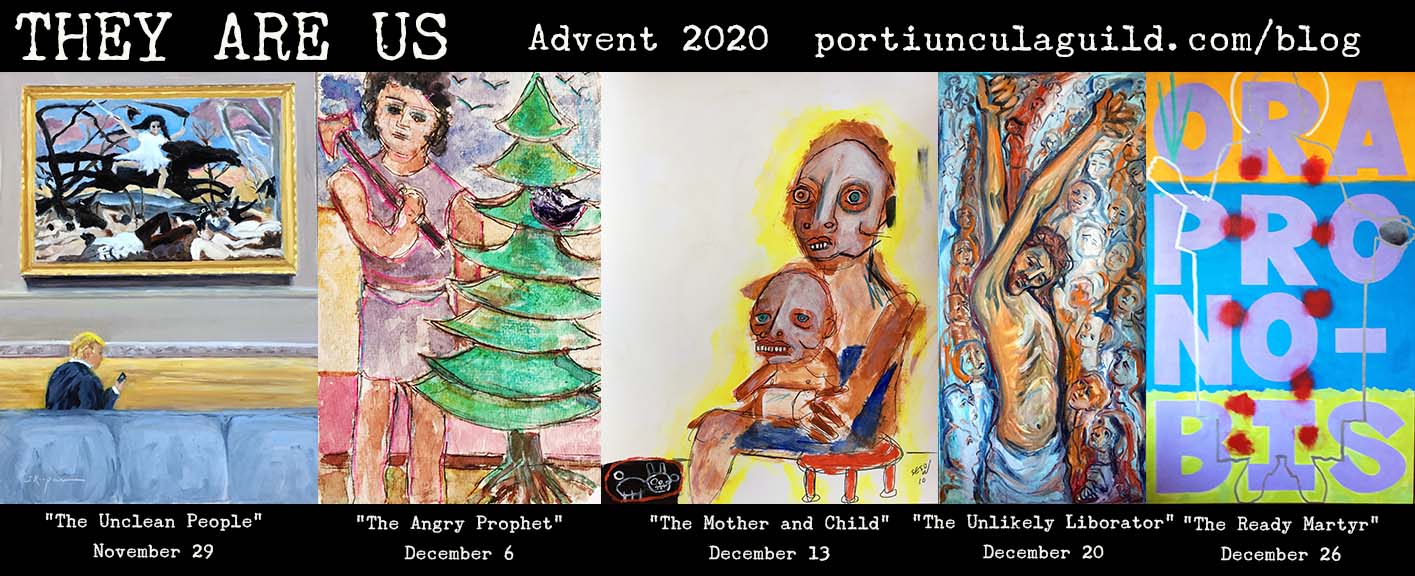



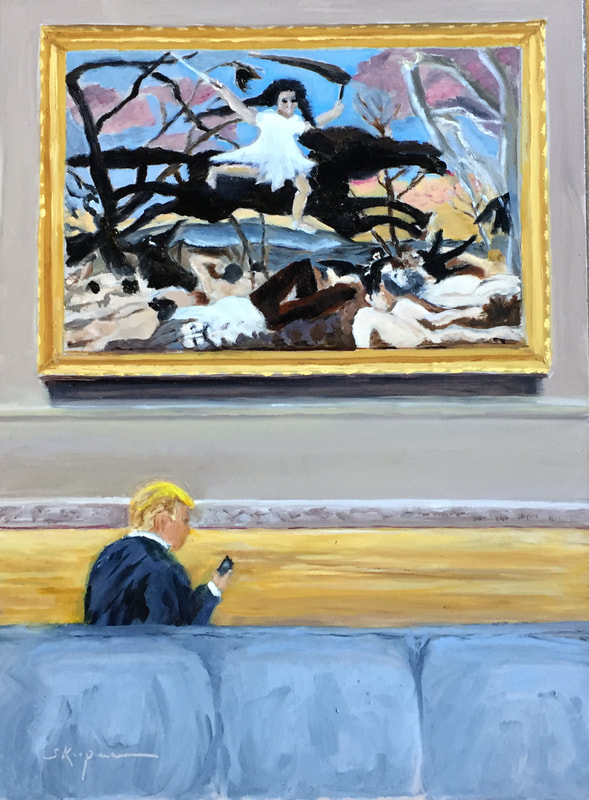



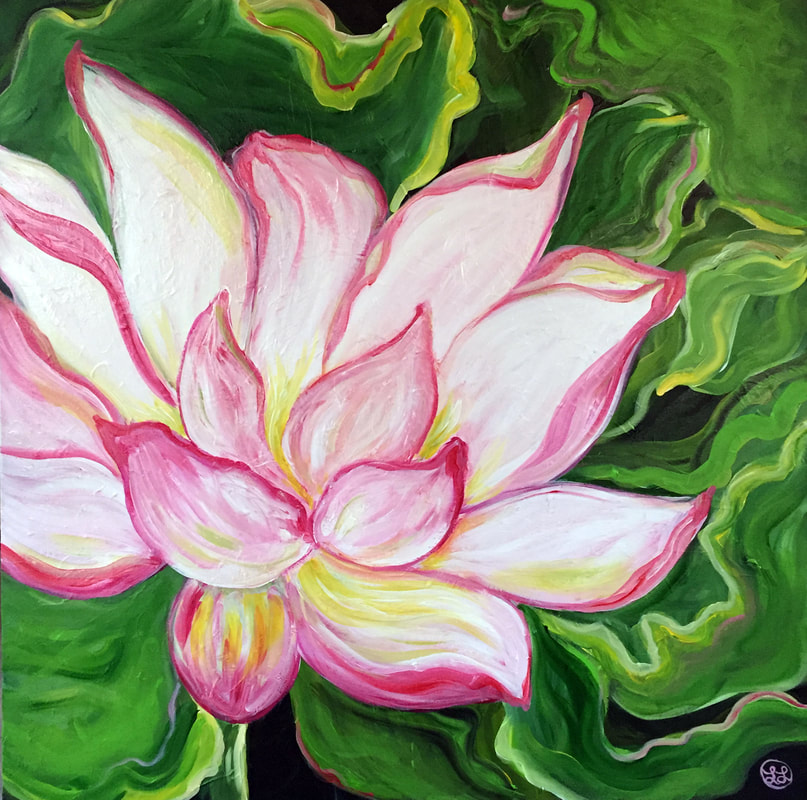



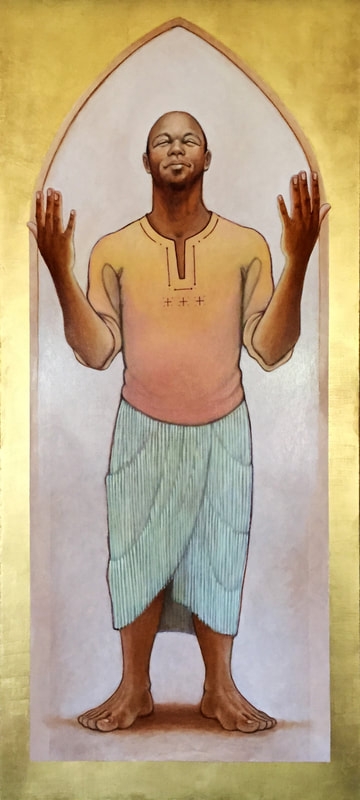
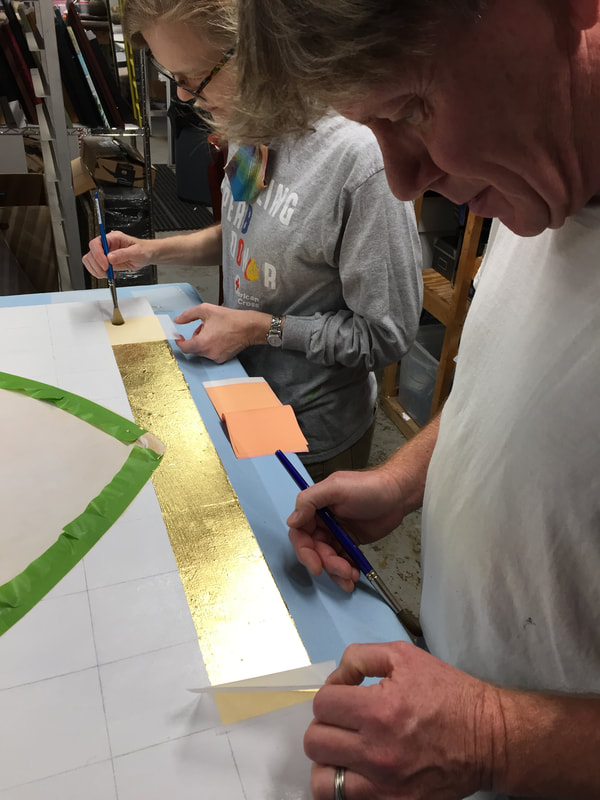

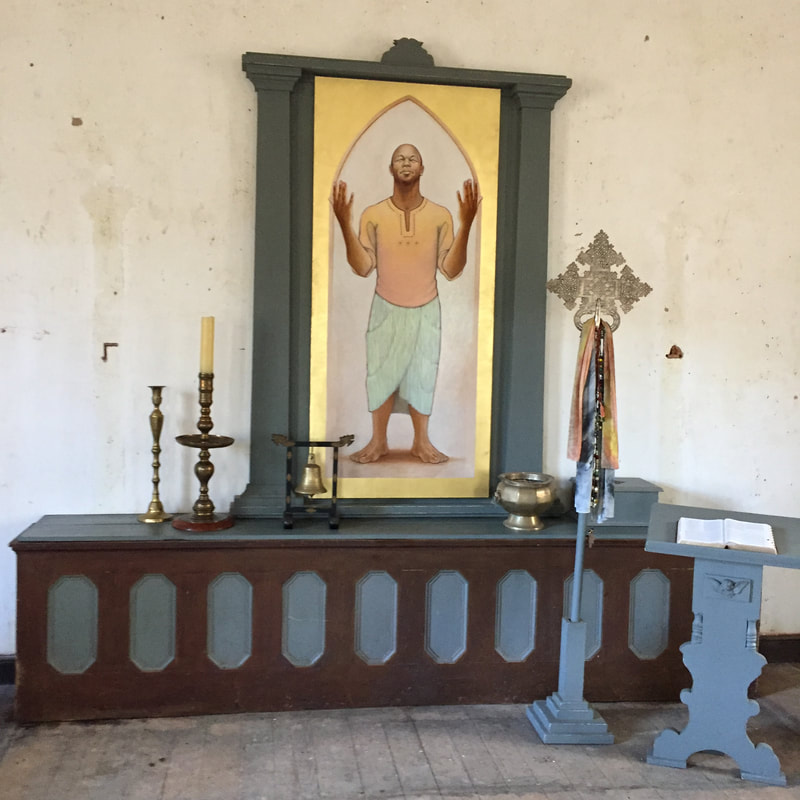
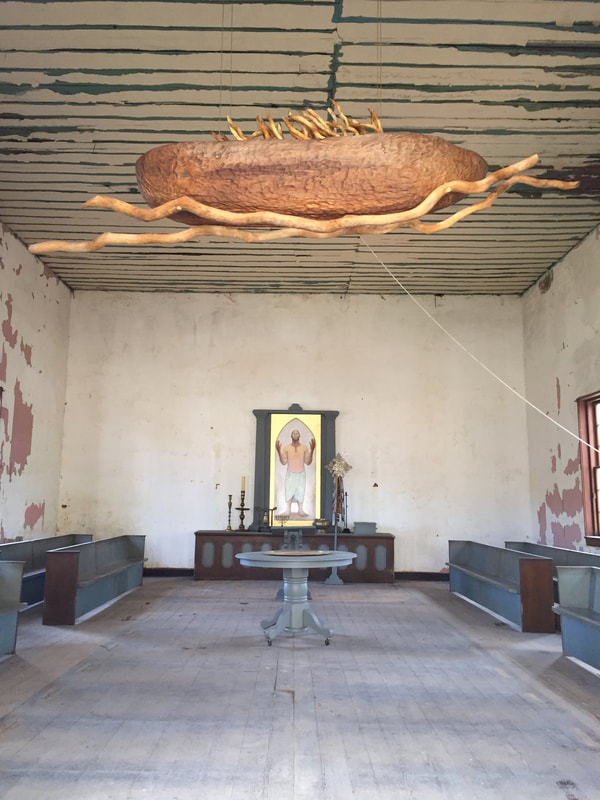
 RSS Feed
RSS Feed